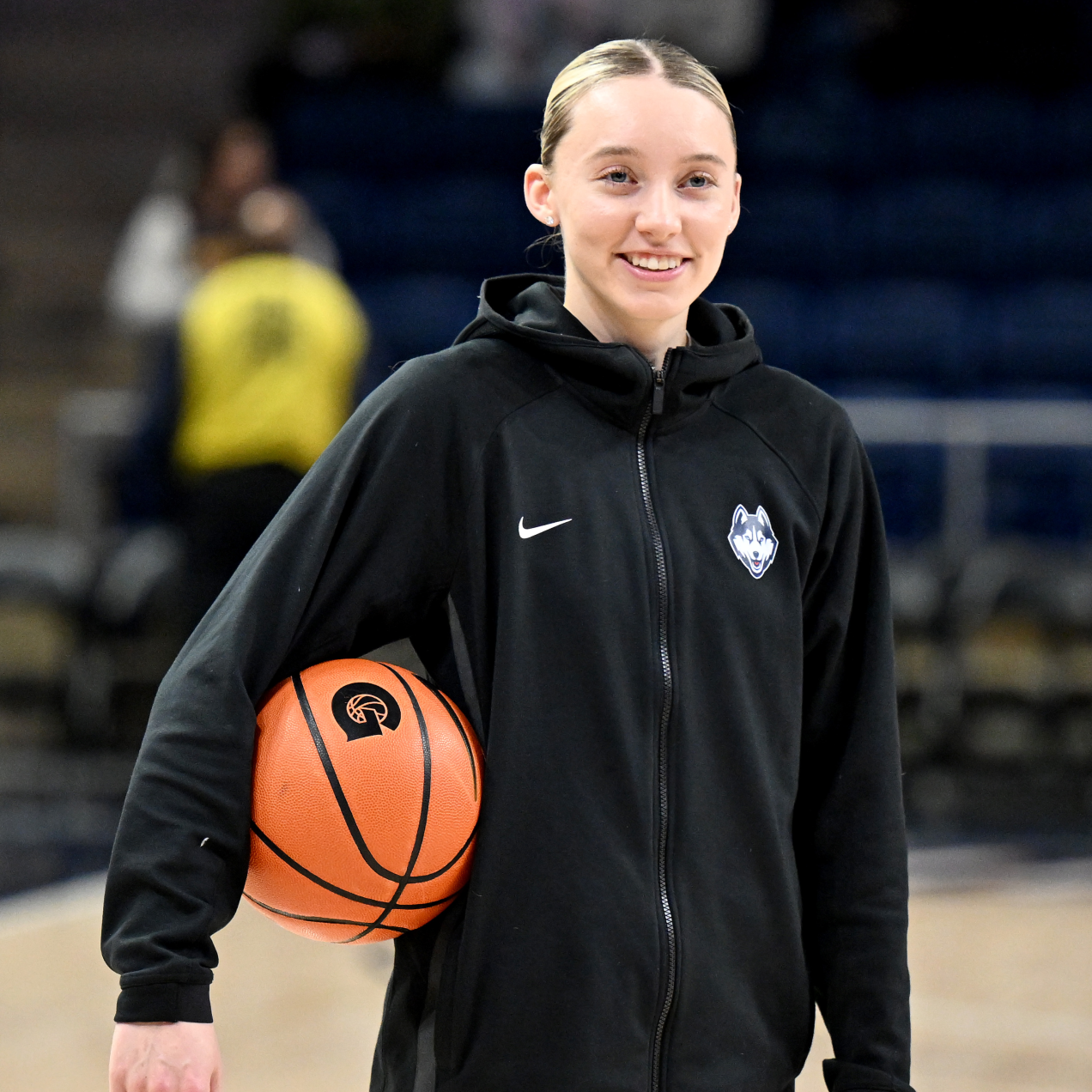Your Guide to Hair Extensions
Read this before you commit to your next hair transformation.

The versatility of hair extensions mean they're an ideal styling option for those with commitment issues. With just a couple of bundles of hair, you can instantly transform your length, volume, and color into the look of your dreams. But how do you choose the best extension installation technique to suit your lifestyle? For a comprehensive breakdown of popular extension methods—the installation processes, maintenance tips, and length of wear—I spoke with licensed hairstylist and Mizani texture expert Ikeyia Powell. Whether you’d like to instantly add length and volume or completely revamp your look, read on for your perfect, natural-looking hair enhancement match-ups.
Clip-Ins
“These temporary extensions are for the girls who want length and density but don’t have time to be in a salon all day,” says Powell. Small sections of hair are attached to mini hair clips to allow you to quickly add length and fullness with just a quick snap.
Shelf Life: “I recommend removing them before bed to prevent tangling or harsh tension on your natural hair,” advises Powell.
Tape-Ins
These extensions come in two adhesive bonded strips and are installed by sandwiching a thin strip of your natural hair at the root between them. "They’re called tape-in because you have to pull off a small piece of tape to access the adhesive end. These extensions are really flat and that allows for a more seamless look,” explains Powell.
Shelf Life: A tape-in installation lasts six to eight weeks but the maintenance can be a bit complex so be sure to make an appointment with your stylist for extension adjustments and cleansing. “I don’t recommend shampooing at home, but if you must, use a sulfate-free shampoo and cleanse as far away from the adhesive tape of the extension as possible to prevent the extensions from slipping,” says Powell.
Sew-Ins
This style option is most suitable for those wanting to try a new look without compromising the integrity of your natural hair. Most people consider this method a protective style. “The most common foundation is the braid down. You start by braiding the hair in a pattern that is most conducive to the look you’re going for and leaving out a portion of the hair to cover the weft [of the extensions]. My braiding pattern differs depending on my desired outcome. The smaller the braids, the flatter and more seamless the outcome,” explains Powell. “After braiding the hair down, you weave the weft onto the braid starting from the nape and working your way to the top of the head, ensuring not to use too much tension which can cause headaches and hair breakage.”
Shelf Life: Sew-in installations can last between six to eight weeks with a natural leave out or three to four weeks with the use of a closure. “A closure is a thin piece of firm lace that ranges in size and mimics a scalp-like appearance, with hair strands [attached] for a natural-looking part or leave out,” adds Powell.
Stay In The Know
Get exclusive access to fashion and beauty trends, hot-off-the-press celebrity news, and more.
Micro Links
“These extensions are for the girl that wants a natural and semi-versatile look that blends in with her [own] tresses,” says Powell. Micro link extensions are weft extensions attached to the natural hair strand using micro silicone beads. Your [natural] hair is pre-stretched or blown out first. Next, one small section of hair at a time is pulled through a bead which is then secured with a metal plier tool.
Shelf Life: Results last six to eight weeks and it is recommended that clients go into the salon every three to four weeks for maintenance.
I-Tips
If you’re looking to achieve an effortless, undetectable look, you’ll want to consider this semi-permanent extension option. “I-tips are perfect for a versatile, lived-in looked. They come in small strand sections [versus the weft strips of micro links] and are installed by taking an equally small strand of your hair and attaching with a small micro silicone bead, similar to the method used for micro link installs,” says Powell.
Shelf Life: The longevity of this technique is what’s most appealing. “What clients love most about I-tips is that the install can last up to 14 or 16 weeks when properly maintained,” says Powell. For long-lasting results it is highly recommended that you make an appointment with your stylist every few weeks to shift the I-tip extensions up closer to the root as your natural hair grows out.
Wigs
The natural appearance of a wig has come a long way over the years. “There are synthetic wigs as well as human hair wigs which have a longer lifespan. Then there are half wigs which offer a more natural look, leaving your real hair left out on top. Or full lace wigs which protect your entire head of hair,” explains Powell. Wigs are ideal for a fresh new look without long-term commitment, and for people experiencing hair loss. “Wigs can be handmade by your stylist or come ready to wear. They're installed using bonding glue or adhesive tape, or clipped on with wig combs," adds Powell.
Shelf Life: Wig installations can be worn for six to eight weeks. Depending on the quality of hair, a wig unit can last for years allowing you to re-install numerous times. "Wigs also give you the option to perform bi-weekly maintenance on your natural hair due to the convenient removal process,” adds Powell.
Chelsea Hall is the former Assistant Fashion and Beauty Editor at Marie Claire, where she covered celebrity style, fashion trends, skincare, makeup and anything else tied into the world of fashion and beauty
-
 Combining These Two Spring Nail Trends Was a Stroke of Genius
Combining These Two Spring Nail Trends Was a Stroke of GeniusIt’s giving futuristic fashion girl.
By Samantha Holender
-
 The Elegant Blouse Fashion People Will Be Wearing With Jeans the Entire Summer
The Elegant Blouse Fashion People Will Be Wearing With Jeans the Entire SummerThe definition of a "nice top."
Partner Content Created With Who What Wear.By Natalie Munro
-
 Bangs, But Make Them Blunt—and Kerry Washington-Approved
Bangs, But Make Them Blunt—and Kerry Washington-ApprovedThe cut seen 'round the internet.
By Ariel Baker
-
 Blunt Bangs Are Back and Kerry Washington-Approved
Blunt Bangs Are Back and Kerry Washington-ApprovedThe cut seen 'round the internet.
By Ariel Baker
-
 This Sleek Bun Proves Demi Lovato Is the Queen of Snatched
This Sleek Bun Proves Demi Lovato Is the Queen of SnatchedThis slicked-back bun is the stuff of legends.
By Ariel Baker
-
 Only Miley Cyrus Can Make a Micro Bang and Wolf Cut Mashup Look This Cool
Only Miley Cyrus Can Make a Micro Bang and Wolf Cut Mashup Look This CoolAnd pull it off.
By Ariel Baker
-
 Is It Unprofessional to Show Up to a Meeting with Wet Hair?
Is It Unprofessional to Show Up to a Meeting with Wet Hair?Let's discuss.
By Hannah Baxter
-
 This Cult-Favorite $38 dpHUE Hair Gloss Made My Split Ends Disappear
This Cult-Favorite $38 dpHUE Hair Gloss Made My Split Ends DisappearBeauty miracles happen.
By Julia Marzovilla
-
 We Can't Stop Obsessing Over Anne Hathaway's AI-Inspired Front Row Ponytail
We Can't Stop Obsessing Over Anne Hathaway's AI-Inspired Front Row PonytailThe AI-inspired ponytail was front and center at the Ralph Lauren show.
By Ariel Baker
-
 It’s Official: Paige Bueckers Has Found Her Signature Hair Color
It’s Official: Paige Bueckers Has Found Her Signature Hair ColorThe basketball star stopped by 'Good Morning America' and I simply can’t stop staring at her color.
By Ariel Baker
-
 That Root Touch-Up Can Wait—Kathy Bates' Gray Hair Proves It
That Root Touch-Up Can Wait—Kathy Bates' Gray Hair Proves ItOne look at her new style and you'll be canceling your root touch-up pronto.
By Ariel Baker